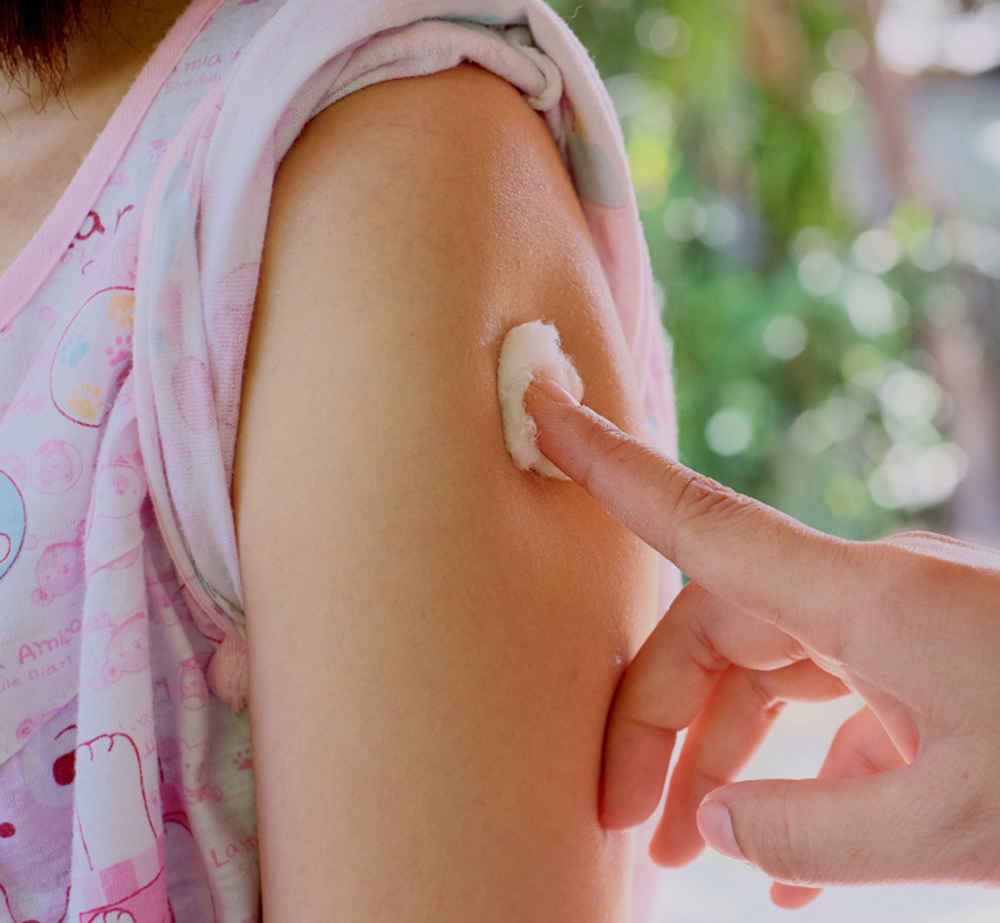410-721-2273
Water Safety
Why is water safety a concern?
Sadly, drownings are a leading cause of injury death for young children ages 1 to 14, and the CDC reports that three children die every day as a result of drowning. Many children have a natural love of water, especially in the hot months, which makes them more vulnerable to unintentional drowning without the proper safety precautions.
Factors that increase the risk of drowning include:
- A lack of basic swimming ability: Research has shown that participation in formal swimming lessons can reduce the risk of drowning among children aged 1 to 4 years.
- A lack of barriers or fencing: A four-sided isolation fence (separating a pool from the house and yard) reduces a child’s risk of drowning by 83% compared to three-sided property-line fencing.
- A lack of close supervision: Drowning can happen quickly and quietly anywhere there is water such as bathtubs, swimming pools, and buckets, and even in the presence of lifeguards.
- Location of water: People of different ages drown in different locations. While most children ages 1 to 4 drown in home swimming pools but the percentage of drownings in natural water settings increases with age.
- A failure to wear life jackets: Not wearing personal floatation devices (PFDs) when boating, kayaking and canoeing accounted for 88 percent of drowning victims in 2010.
- Using alcohol: Whether adolescents and adults, alcohol use is involved in up to 70% of deaths associated with water recreation, and its effects are heightened by sun exposure and heat.
Tips to stay safe and healthy in the water
- Make sure your child learns to swim by taking formal swimming lessons.
- Always supervise your child while in the bathtub and when swimming or playing in any type of water. Supervisors of preschool children should provide “touch supervision,” which is close enough to reach the child at all times. Adults should not be distracted by their phone, reading, playing cards, talking on the phone, mowing the lawn, etc.
- Always swim with a buddy and choose swimming sites that have lifeguards.
- Learn Cardiopulmonary Resuscitation (CPR), which can save someone's life in the time it takes paramedics to arrive.
- Avoid using air-filled or foam toys as safety devices. Water wings, noodles or inner tubes are not substitutes for life jackets.
- Don't let swimmers hyperventilate before swimming underwater or try to hold their breath for a long period of time.
- Avoid alcohol before or during swimming or water recreation activities. Don't drink alcohol when supervising children.
- If you or a family member has a seizure disorder, provide one-on-one supervision around water, including swimming pools. Consider taking showers rather than using a bath tub for bathing and wear life jackets when boating.
- Know the local weather forecast before swimming or boating to avoid being caught in dangerous lightning strikes.
- Install a minimum four-foot tall, four-sided pool fence that separates the pool from the house and yard. Use self-closing and self-latching gates that open outward with latches that are out of reach of children.
- Learn the signs of a rip current with foamy, choppy water or debris-filled water. If you are caught in one, swim parallel to shore. Once free of the current, swim diagonally toward shore.
- Know the meaning of and obey warnings represented by colored beach flags.
- Prevent recreational water illnesses by checking a public or private pool's latest inspection results, or that test strips show appropriate pH levels and free chlorine and bromine concentration levels, and that the drain in the deep end is visible, properly secured and in good working order.
- Don't swim if you have diarrhea, and don't swallow even trace amounts of water while swimming.
- Monitor county water reports when choosing to swim at local beaches, and never swim for 48 hours following a 1/2-inch of rainfall or more.
How to prevent secondary (dry) drowning
If a child swallows water from a pool, natural setting, or even a bathtub, it is possible in some cases to lead to a scary situation called secondary – or dry – drowning, up to 24 hours after the event in the water. After inhaling water into the lungs, the vocal chords can spasm, leading to difficulty breathing. Dry drowning can then occur while the child is lying down for a nap or going to be for the night because the water in the lungs can induce vomiting, which is followed by choking.
If your child has breathing problems, consistent coughing, vomiting, unusual behavior or extreme sleepiness in the hours or day following a swim, you should visit the ER immediately to obtain a chest X-ray and be monitored for signs of respiratory distress.
Call 911
You May Also Like
Popular Resources | Make an Appointment • Locations • Refill Prescriptions





